American Rare Coffee Varieties: Villa Sarchi, Venecia, Tekisic, Bernardina
In everyone's impression, the coffee varieties grown in American coffee producing areas are mainly Kaddura, Kaduai and bourbon. In recent years, with the rise of agricultural research centers in various producing countries and the holding of various professional raw bean competitions, more and more rare high-quality varieties have been excavated.
Costa Rica Villa Sarchi (Vera Saatchi / Vera Saatchi)
Villa Sarchi, there is also the name La Luisa or Villalobos Bourbon in the industry. In the 1950s, the city of Sarchi in Costa Rica was first discovered and screened by pedigree selection, that is, the selection of individual plants through successive generations. Verasac is mainly grown in Costa Rica, but it has not been widely cultivated, and it was introduced to Honduras by the Honduran Coffee Institute (IHCAFE) in 1974.
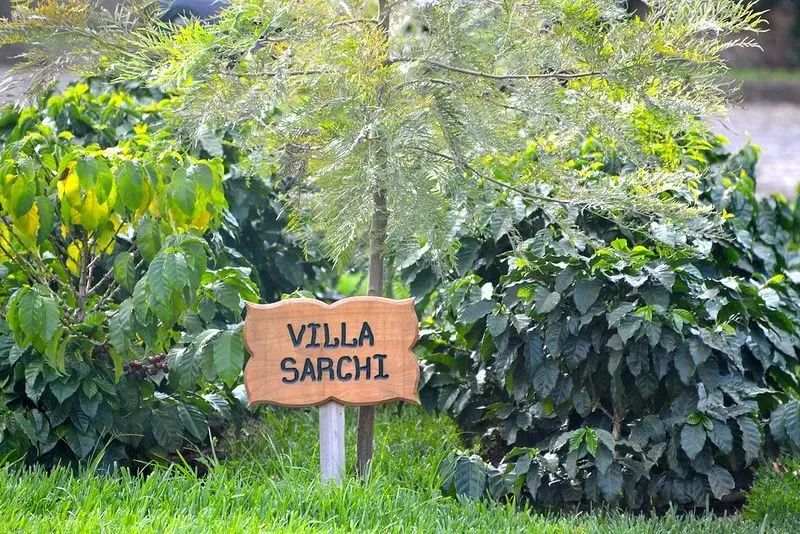
Verasac is a natural mutant of bourbon, which belongs to dwarf plant type (dwarfism). It has strong wind resistance and good adaptability to high altitude, but it has low tolerance to common coffee diseases such as coffee leaf rust, coffee berry disease and root rot nematode. The top leaves of Vera Saatchi are green, the angle between lateral branches and trunk is about 45 °, the gap between fruit clusters and clusters is small, and the fruits are resistant to wind and rain. In terms of flavor, Verasac often shows bright and meticulous citrus acid and complex fruit aromas.
Costa Rica Venecia (Vanessa)
Venecia Vanessa is a Kaddura natural mutant found in the San Carlos San Carlos region of Costa Rica's central valley. It is a new breed of Kaddura coffee released by the Costa Rican Coffee Research Center (ICAFE). Like Kaddura, Venecia coffee has the advantages of high yield, strong rain resistance and disease resistance. It takes three years for Venecia coffee trees to begin to bear fruit, with large beans and hard kernels.
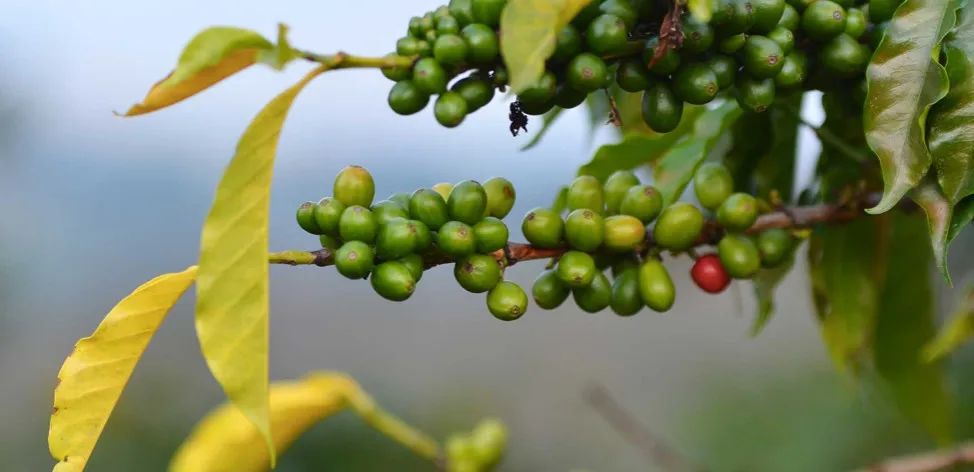
In 1991, ICAFE began to study and screen this variety of coffee beans in Turrialba, Coto Brus and Perez Zeledon regions of Costa Rica. After years of research, Venicia varieties in Perez Zeledon region not only have richer flavor, but also have better yield and resistance to diseases and insect pests.
El Salvador Tekisic (Tex)
The Tekisic variety was developed by the Salvadoran Coffee Institute (ISIC) in 1949, and the bourbon variety was released in 1977. It took nearly 30 years to "create" it. Today, many coffee plantations in El Salvador are evenly grown, with unimproved bourbon species accounting for about 70% of total coffee production.
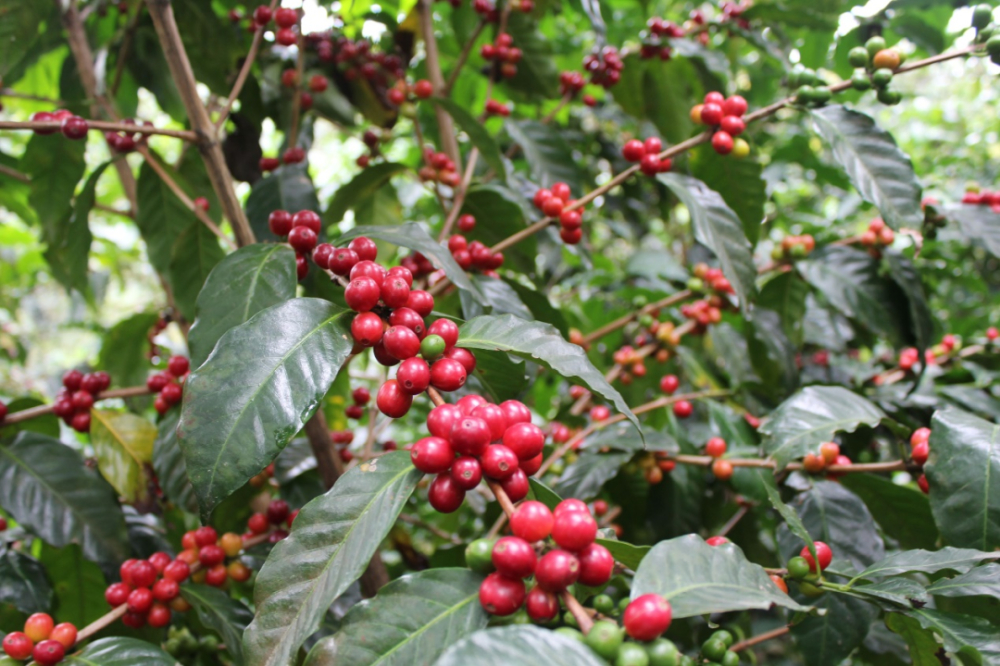
The name Tekisic comes from tekiti, which means "work" in Navatre. Tekisic is not a mutant, but a bourbon coffee. It is a potential variety deliberately cultivated by agricultural scientists in many bourbon, which are selected from generation to generation, that is, excellent plants with strong, high yield and good flavor. However, it is less resistant to major diseases, including coffee leaf rust.
El Salvador Bernardina (Bernardina / Benatina)
Bernardina, originally discovered at Los Bellotos Farm on the western side of the Cerro Verde volcano in El Salvador in 2015, belongs to the Pacas family and is named after the breed's discoverer, Ruperto Bernardino Merche. It was recognized by the public on COE in El Salvador in 2019, when the Bernardina of Finca La Esperanza first appeared and won the third runner-up, and a number of judges gave it transparent, delicate and elegant positive comments.
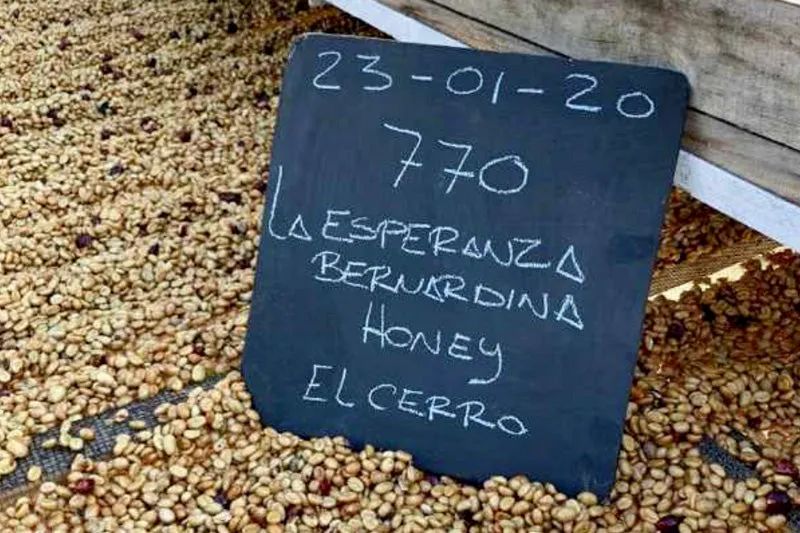
After genetic identification in the Italian laboratory, it was found that Bernardina is a new bean species that has never been recorded and belongs to a special hybrid variety with 70% rosette gene and 30% Ethiopian local species Agaro gene. When they returned to Hope Manor, the Pacas family identified 46 new species of trees in the garden.
Disclaimer: some of the pictures in this article come from the network, and some of the contents of the website, such as pictures, we will respect the origin of the original copyright, but due to the large number, there will be individual pictures and texts not in time to indicate, please forgive me. If the original author has any disputes can contact the website to deal with, once verified, we will immediately correct, by "Ka comment vdailycom" collation and editing, reprint please indicate, this article is intended to spread coffee culture, if infringement, please inform to delete, thank you ~!
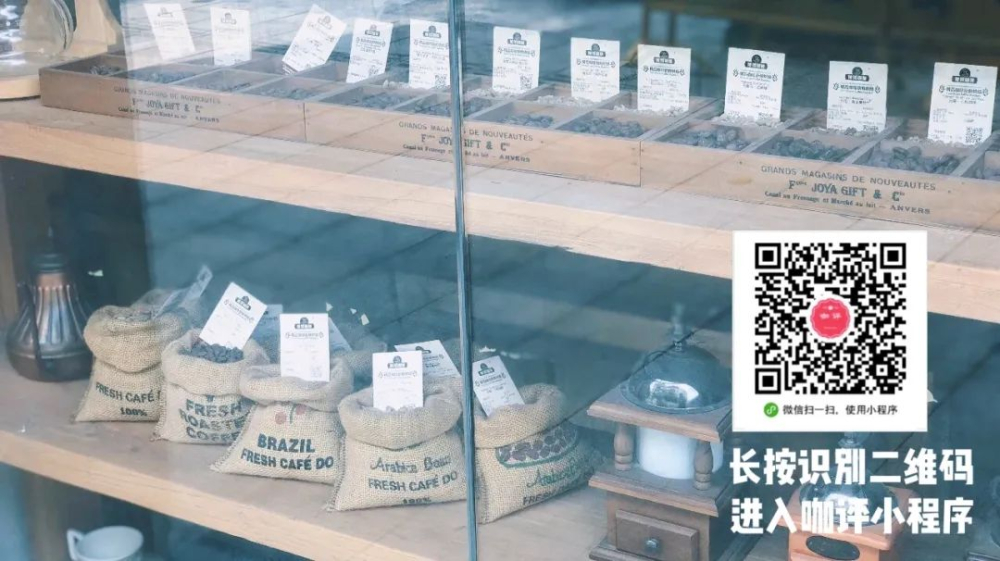
Important Notice :
前街咖啡 FrontStreet Coffee has moved to new addredd:
FrontStreet Coffee Address: 315,Donghua East Road,GuangZhou
Tel:020 38364473
- Prev

ICO, an international coffee organization, released its October report: global coffee exports fell sharply
According to the latest report released by the International Coffee Organization (ICO), the average composite index price in October was 151.94 cents / lb, down 0.8% from September 2023; the median was 151.58 cents / lb, with monthly prices ranging from 145.99 cents / lb to 160 cents / lb.
- Next

Manner sent perfume! Mini programs are squeezed "collapse"!
▲ Click to follow| Daily boutique coffee culture magazine coffee workshop early this morning on the social platform brush to a lot of netizens post, the content is saying Manner Mini programs collapsed, completely unable to enter the order, but also asked Manner to upgrade the system. On the night of November 12, Manner's.
Related
- Why does hot American coffee taste bitter? Difference in proportional concentration between hot American and ice American
- Is espresso stored overnight in the refrigerator harmful to your body? Is frozen coffee better than freshly ground coffee?
- What parameters and proportions of water temperature should be used to grind and brew fresh coffee beans? Why can't I drink freshly roasted coffee right away?
- Customers have "changed" Manner's new products! Shop assistant: Please don't mess around!
- Remove sockets in customer areas at Starbucks stores?! Netizen: I won't go if I really tear it down
- What is the difference between the taste steps of sun-dried coffee and washed coffee? Why is sun-cured coffee sweeter and washed coffee sour?
- The recipe for salty grapefruit dirty is revealed! Coffee Festival salty grapefruit dirty coffee making materials parameters ratio milk share!
- How about the flavor of Sunlight 74158 at Sidamo Banshaha Mathieu Processing Factory in Ethiopia? 74158 Share the proportion of coffee brewing parameters!
- What effect does Italian American coffee with filter paper have? Will coffee taste better if it is put on filter paper at the bottom of the powder bowl?
- What is the color difference in coffee beans? What are the characteristics of honey processed coffee beans? Why are the anaerobically treated coffee beans uneven in color?

